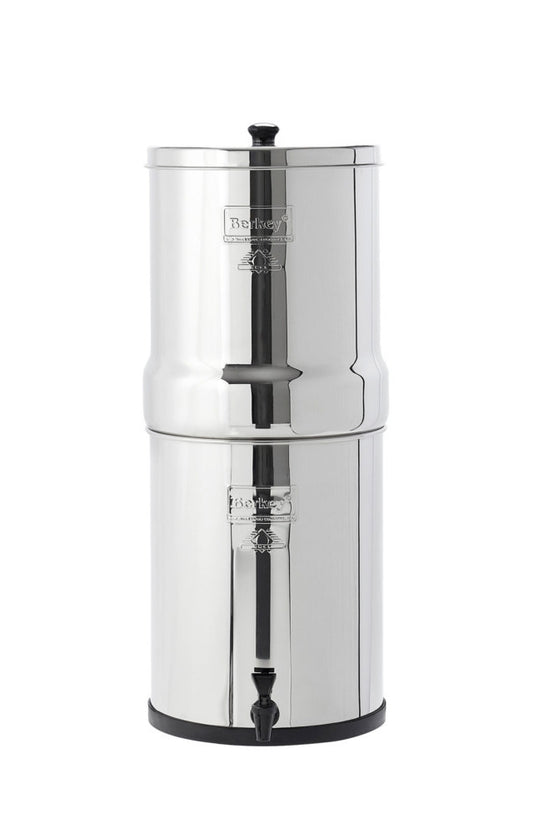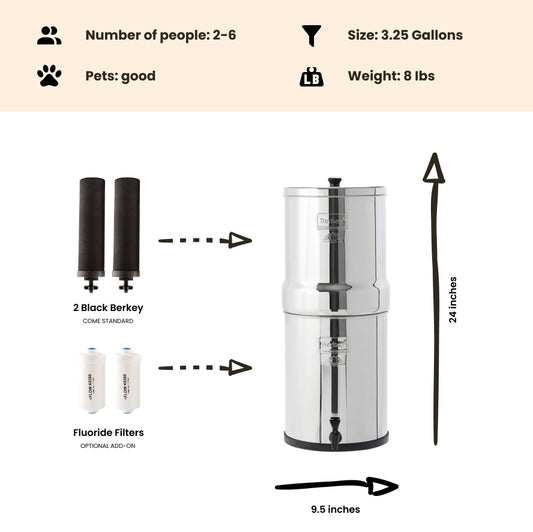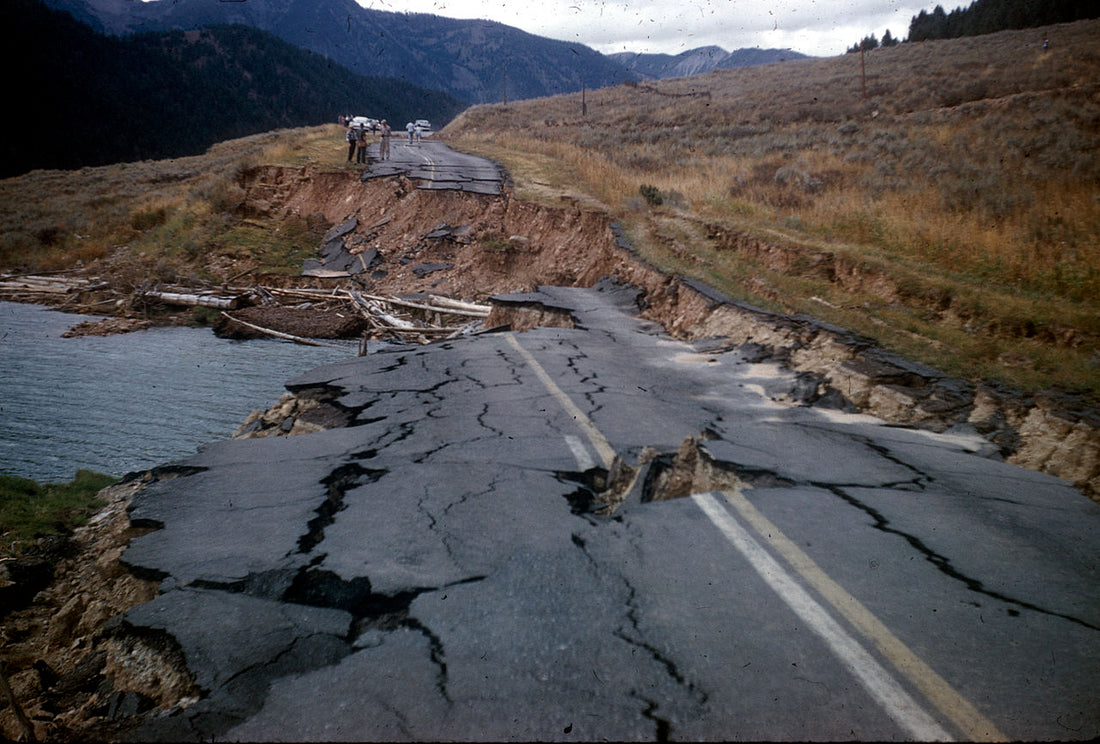
Fracking Wastewater Disposal Induces Earthquakes in Oklahoma
By Dan DeBaunShare
Natural gas may be hailed as the next big thing, and is considered by some to be the answer to our energy problems. But it brings with it its own set of problems, many of which are far greater than energy/fuel shortages. Problems associated with fracking and fracking wastewater disposal include health and safety concerns, largely as a result of groundwater/drinking water contamination and methane leaking into the atmosphere, which happens to be one of the worst greenhouse gases. The recent spike in seismic activity and associated earthquakes in some states where fracking activity is prolific, has also been blamed on fracking activities.
Oklahoma has seen a dramatic rise in the number of earthquakes since 2009, which according to a recent study published in Science (3rd July, 2014), is likely the result of subsurface injection of fracking wastewater at only a few wastewater disposal wells.
According to lead author, Katie Keranen, a professor of geophysics at Cornell University, approximately half of all seismicity recorded in eastern and central USA between 2008-2013 occurred in Oklahoma; many of the quakes recorded occurred in areas where there is a high rate of subterranean wastewater disposal.
Induced seismicity is one of the primary challenges for expanded shale gas and unconventional hydrocarbon development. Our results provide insight into the process by which the earthquakes are induced and suggest that adherence to standard best practices may substantially reduce the risk of inducing seismicity," said Keranen. "The best practices include avoiding wastewater disposal near major faults and the use of appropriate monitoring and mitigation strategies.
According to the study's findings:
- After analyzing pore pressure increase models for relocated earthquake hypo-centers, the study concludes that just four of Oklahoma's wastewater disposal wells (roughly 0.05% of wastewater disposal wells) that account for the highest volumes of wastewater could be responsible for triggering around 20% of earthquakes experienced in central USA over an area of around 1240 square miles.
- Earthquakes can be triggered at distances more than 20 miles from wastewater disposal wells, which far exceeds the current criteria of 3 miles from wastewater disposal wells for diagnosing induces seismic activity.
- The area of pressure increase relating to these wastewater disposal wells is continually expanding, thus increasing the likelihood of converging with a large geological fault, which further increases the danger of inducing an earthquake of higher magnitude.
Earthquake and subsurface pressure monitoring should be routinely conducted in regions of wastewater disposal and all data from those should be publicly accessible. This should also include detailed monitoring and reporting of pumping volumes and pressures," said Keranen. "In many states the data are more difficult to obtain than for Oklahoma; databases should be standardized nationally. Independent quality assurance checks would increase confidence.3
Journal Reference:
K. M. Keranen, M. Weingarten, G. A. Abers, B. A. Bekins, and S. Ge. Sharp increase in central Oklahoma seismicity since 2008 induced by massive wastewater injection. Science, 3 July 2014 DOI: 10.1126/science.1255802
-
Regular price From $302.00 USDRegular priceUnit price / per
-
Regular price $234.00 USDRegular priceUnit price / per
-
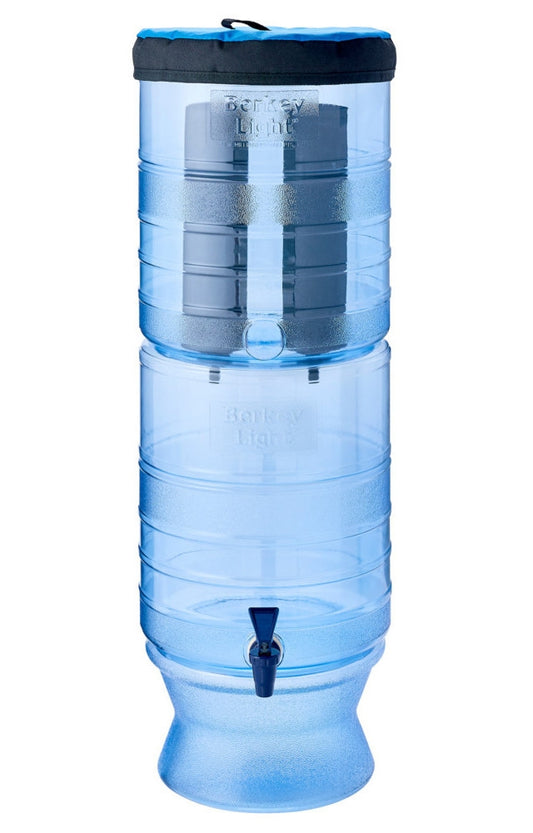
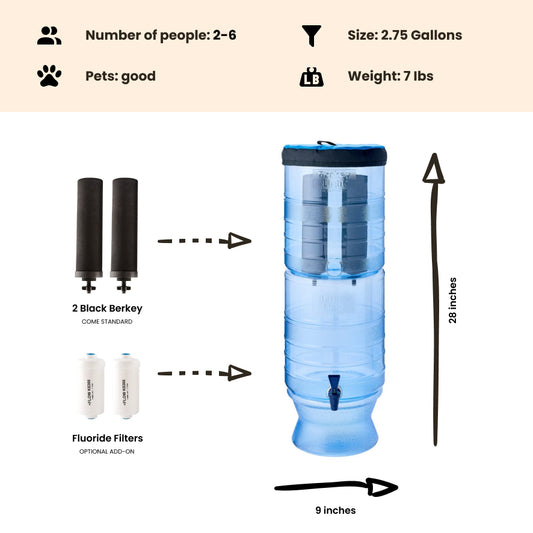 Sold outRegular price From $305.00 USDRegular priceUnit price / per
Sold outRegular price From $305.00 USDRegular priceUnit price / per -
Regular price $327.00 USDRegular priceUnit price / per
-
Regular price From $367.00 USDRegular priceUnit price / per
-
Regular price From $408.00 USDRegular priceUnit price / per
-
Regular price From $451.00 USDRegular priceUnit price / per

Dan DeBaun
Dan DeBaun is the owner and operator of Big Berkey Water Filters. Prior to Berkey, Dan was an asset manager for a major telecommunications company. He graduated from Rutgers with an undergraduate degree in industrial engineering, followed by an MBA in finance from Rutgers as well. Dan enjoys biohacking, exercising, meditation, beach life, and spending time with family and friends.
~ The Owner of Big Berkey Water Filters












